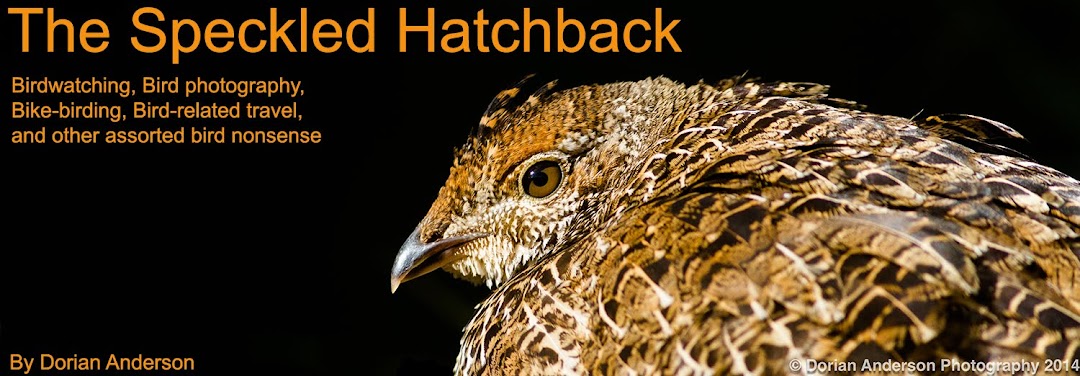Horned lark New World range
As you can see from the above map, Horned lark occurs just about everywhere in North America that suitable habitat can be found. Suitable habitat for Horned lark is any flat, open area - farm fields, tundra, beaches, etc. Eremophila alpestris is also widely distributed across Eurasia where it takes the common name of Shore lark. Given its incredible distribution, the Horned/Shore lark does not appear to face any major conservation challenges in the future. Being a generalist does have its perks!
Thinking back to last year and Biking for Birds, I recall that I saw my first Horned lark on January 1st in Massachusetts. Temperatures in that region in that first week of January barely broke freezing, and on some nights the mercury dipped to -20F. Many birds can survive in extreme cold, so at face value this information isn't terribly notable. It was when I reached Northern Arizona that the adaptability of the Horned lark really hit me. I was biking through an incredibly arid region of the Navajo Nation near Kayenta. Vegetation was essentially nonexistent, and water was nowhere to be found. The temperature on that day was 95F. The red, rocky desert that stretched out in all directions could easily be mistaken for the surface of Mars as depicted in some science fiction film. Despite all of this, I found what appeared to be a healthy population of Horned larks in this seemingly lifeless landscape. Comparing this setting with that of January in Massachusetts, I was astonished at the range of temperatures in which the Horned lark seemed to thrive. I was reminded of this adaptability this morning as I crawled across frozen sand to capture this photo. Anyway, this is just some food for thought. Hopefully you'll be able to appreciate the Horned/Shore lark in new ways moving forward!
Horned lark - Eremophila alpestris
Jones Beach, Long Island, New York
Canon 500mm f/4 IS v1 + 1.4x Teleconverter III on Canon EOS 1D Mark IV
1/3200 at f/5.6, ISO 400
Aperture priority, Evaluative metering +2/3 stop
This is about 45% of the original frame
Horned lark - Eremophila alpestris
Jones Beach, Long Island, New York
Canon 500mm f/4 IS v1 + 1.4x Teleconverter III on Canon EOS 1D Mark IV
1/4000 at f/5.6, ISO 640
Aperture priority, Evaluative metering +2/3 stop
This is about 35% of the original frame








